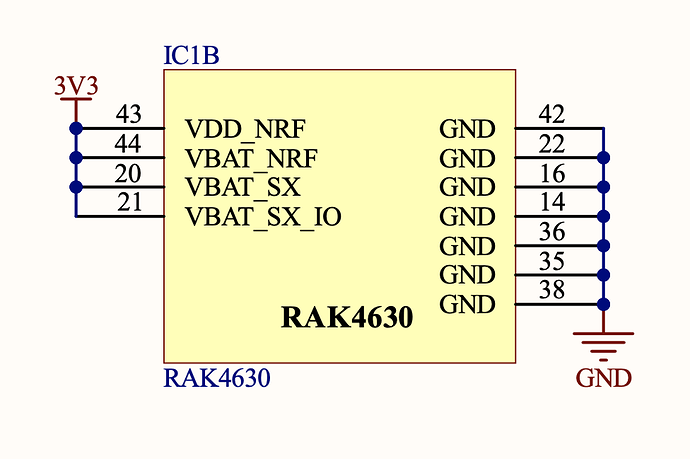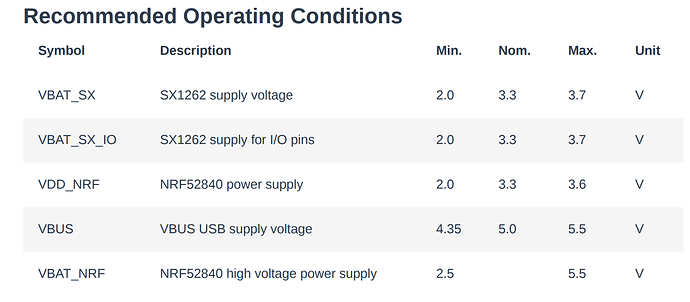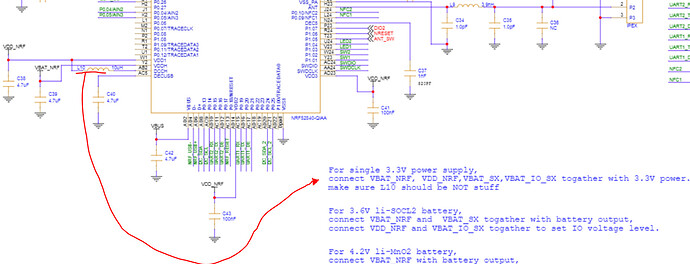@beegee and @carlrowan I think I figured it out. Here’s what happened:
I was doing some further testing this morning. I flashed RUI 3.4.2 to the device using nrfconnect. Here’s the output from AT+VER:
AT+VER=3.4.2-rui3_22q1_update.112
Once the device restarted, I ran the same AT commands, and the device was able to join the network:
Next, I reset the device with ATZ, and asked it to join again. This time, it failed to join with the same error message, +EVT:JOIN_FAILED_TX_TIMEOUT
If I first run ATR to restore factory settings, then ATZ to restart the MCU, then flash 3.4.2-rui3_22q1_update.112 to the device using nrfconnect and then finally run the join sequence AT commands, it will usually join, and be able to join again after powering the device off and then back on.
This was encouraging, so I ran a few additional tests. The first one was to load the default 3.5.3 firmware using nrfconnect. Then, I configured the device to join using the AT commands. The device failed to join. I powered the device off, and then back on, and waited a few minutes before issuing the join command. This time, it worked. Curious. I played around a little with waiting different intervals before issuing the LoRaWAN AT commands to join the network, and found after 30-60 seconds it would work consistently. This is the same amount of time that the BLE radio is on when the device first starts up, as confirmed by using a Bluetooth scanner. I added the following two lines of code to the setup() function of the test sketch:
// turn off BLE UART
api.ble.uart.stop();
// turn off BLE advertising
api.ble.advertise.stop();
With these two lines included in the code, the LoRaWAN join and subsequent message sends work exactly as expected.
It looks like the LoRaWAN radio can’t be used until the Bluetooth is shut off. Is there some kind of software interlock to prevent the two radios from being used at the same time? Or, since the R&D team said that this could be interrupt related, could the BLE radio be driving some interrupts that knock out the LoRaWAN radio?






